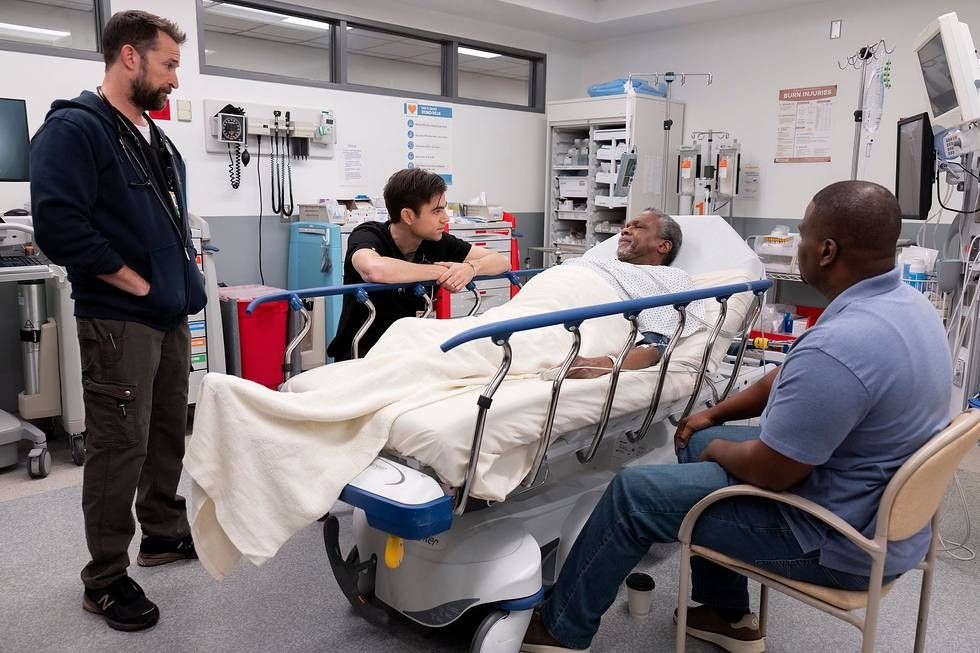- Home
- Yachts
- Antique Cars
- Art & Collectibles
- Art Basel Miami 2024
- Boats
- Business
- Cars
- Entertainment
- Events
- Fashion
- Real Estate FL
- For Sale
- Jets
- Jewelry
- Lavish Solutions
- Lifestyle & Travel
- Luxury Cars
- Luxury Goods
- Mathematics
- News Headlines
- Politics
- Real Estate
- Sports
- Watches
- Yacht Charter , Superyachts , Megayachts
- Services
- Policies & Information
- Home
- Yachts
- Antique Cars
- Art & Collectibles
- Art Basel Miami 2024
- Boats
- Business
- Cars
- Entertainment
- Events
- Fashion
- Real Estate FL
- For Sale
- Jets
- Jewelry
- Lavish Solutions
- Lifestyle & Travel
- Luxury Cars
- Luxury Goods
- Mathematics
- News Headlines
- Politics
- Real Estate
- Sports
- Watches
- Yacht Charter , Superyachts , Megayachts
- Services
- Policies & Information
- Home
- Yachts
- Antique Cars
- Art & Collectibles
- Art Basel Miami 2024
- Boats
- Business
- Cars
- Entertainment
- Events
- Fashion
- Real Estate FL
- For Sale
- Jets
- Jewelry
- Lavish Solutions
- Lifestyle & Travel
- Luxury Cars
- Luxury Goods
- Mathematics
- News Headlines
- Politics
- Real Estate
- Sports
- Watches
- Yacht Charter , Superyachts , Megayachts
- Services
- Policies & Information
So The Pitt Has You Obsessed With Freedom House Ambulance


The Pitt is primarily a patient-history show, focused on the actions, mistakes, or accidents that could have led someone to the ER. But in “2:00 P.M.,” we get a different type of medical history via memory-impaired patient Willie Alexander (Harold Sylvester), whose specific knowledge about how his pacemaker works and what could have gone wrong with it surprises the ER staff treating him. Willie laughs off their assumption that he’s a doctor or worked in a hospital, but they get their answer later on when Willie’s son reveals that his dad was once a medic for the Freedom House Ambulance Service, which in the 1960s and ’70s was the country’s first EMS organization. If your interest is piqued by Dr. Robby’s delighted response (“That guy’s a legend”) and the history lesson Willie later gives on how the young members of Freedom House — primarily Black men and women from Pittsburgh’s underserved neighborhoods — inspired countless first responders in the decades to come, then Freedom House Ambulance: The FIRST Responders should be your next watch.
The 30-minute documentary from PBS-member-station WQED Pittsburgh was released in 2023 and is available on YouTube. It’s pretty cut and dry visually, a mixture of archival still photos and video, newspaper clippings, and interviews with former Freedom House Ambulance employees, Pittsburgh residents, and medical experts. The nature of the story, though, is so enveloping — first enraging, then inspiring, then enraging again, as so much of this country’s history is — that the straightforward presentation is welcome; there are no stylistic flourishes here to distract us from the narrative of how this small group of people made a massive change in how we live.
Freedom House Ambulance begins in the 1940s, tracing how Pittsburgh’s Black neighborhoods, like Hill District, were economically prosperous thanks to the city’s role in building military weapons, and how the city put an end to that by announcing a “renaissance” plan that would diminish pollution and “revitalize” the downtown. That plan included displacing 8,000 Black residents, demolishing 400 businesses, and enacting a segregated housing plan through which Black people were perpetually underserved, especially by the police, which often refused to transport sick or injured Black people to hospitals. (It wasn’t that great at providing aid to white people, either; in 1966, former mayor David Lawrence had a heart attack at a campaign event two blocks away from a hospital, and getting transported in a police van with no medical aid hurt his chances of recovery. He died weeks later.) One Hill District resident, Mitchell J. Brown, talks about police dismissing his passed-out mother as drunk. She died five days later from a cerebral hemorrhage, and Brown would eventually join Freedom House, which was created specifically to provide aid to Black Yinzers who weren’t getting it from the city’s official arms.
As Dr. Robby explains to a rapt audience in “2:00 P.M.,” “Their program created the 911 system,” and Freedom House Ambulance lays out all the preceding steps that made the program so revolutionary. It was initially led by Dr. Peter Safar, the anesthesiologist “father of CPR” who experimented on volunteers who agreed to have their breathing muscles paralyzed so that Safar could test various respiration apparatus on them. The footage of those experiments is wild, especially when we see a Boy Scout kneeling next to an adult and breathing for them through Safar’s experimental tube device. When Safar was brought into Freedom House, he helped hire and train the original dozens of employees, high-school dropouts, and formerly incarcerated people who were willing to learn and willing to help. They were recruited through flyers and other materials that we see onscreen, completed 300 hours of training over nine months in the field, and then they were off, zooming around the city.
Freedom House answered thousands of calls annually and racked up an impressive list of accomplishments, some of which Willie describes in “2:00 P.M.”: First to intubate a patient in the field, first to deliver an electric shock to the heart in the field, first to use Narcan to reverse an overdose in the field. As Brenda Tate, a lifetime resident of Hill District, says, Freedom House was “people coming to take you to the hospital that looked like you, that understood you,” and that bond helped improve the physical and mental health of Black communities like Hill District. Until, perhaps inevitably, Pittsburgh’s white, wealthy, and powerful residents took notice. The final act of Freedom House Ambulance focuses on its purposeful dismantling by Mayor Peter Flaherty, a simultaneously infuriating and bittersweet end. The formalization of EMS services around the country was an implicit approval of Freedom House’s work, and a recognition that they had an immeasurable impact. But how Freedom House employees were cut out of that standardizing process so that Pittsburgh’s white ruling class (embodied in a picture of the four mustachioed white men put in charge of the city’s EMS) could maintain that form is a familiar, frustrating feeling. The Pitt gives the Freedom House employees attention and honor. Freedom House Ambulance: The FIRST Responders makes plain how much more they deserve.

Latest News
For Sale! 2016 Sea Ray 350 Sundancer – $180,000
Reel Deal Yacht is pleased to feature a meticulously maintained 2016 Sea...
Why Luxury Cars Are Frequently Registered in Montana, Even by Out-of-State Owners
The Montana License Plate Loophole: A Tax-Evasion Trend Among Supercar Owners You...
Fashion’s Musical Chairs Concludes — Men Occupy Nearly Every Seat.
The New Era of Fashion: A Shift in Creative Leadership LOS ANGELES...
Fortune International Acquires Coral Gables Development Site for $38 Million
Fortune International Group’s Ambitious Coral Gables Development In a significant move within...
Massive Fire at Miami Marina Engulfs Eight Vessels, Including Four Luxury Yachts
Fire Engulfs Luxury Yachts at Sunny Isles Beach Marina In the early...














